Can you remember what your day-to-day looked like three years ago? Since ChatGPT’s debut, everything from the tools we use to the way we work has shifted.
Whether you’ve fully embraced these changes or are still catching up, one thing is clear: product marketing has undergone a major transformation.
In my career, I’ve had the chance to witness three major evolutions in product marketing – from navigating strategic product marketing at Adobe to embracing composable product marketing at Asana. Now, as we step into the AI-native era at Atlan, the lessons from those earlier phases are more relevant than ever.
So, let’s explore how to not just survive, but truly thrive in the world of AI-native product marketing.
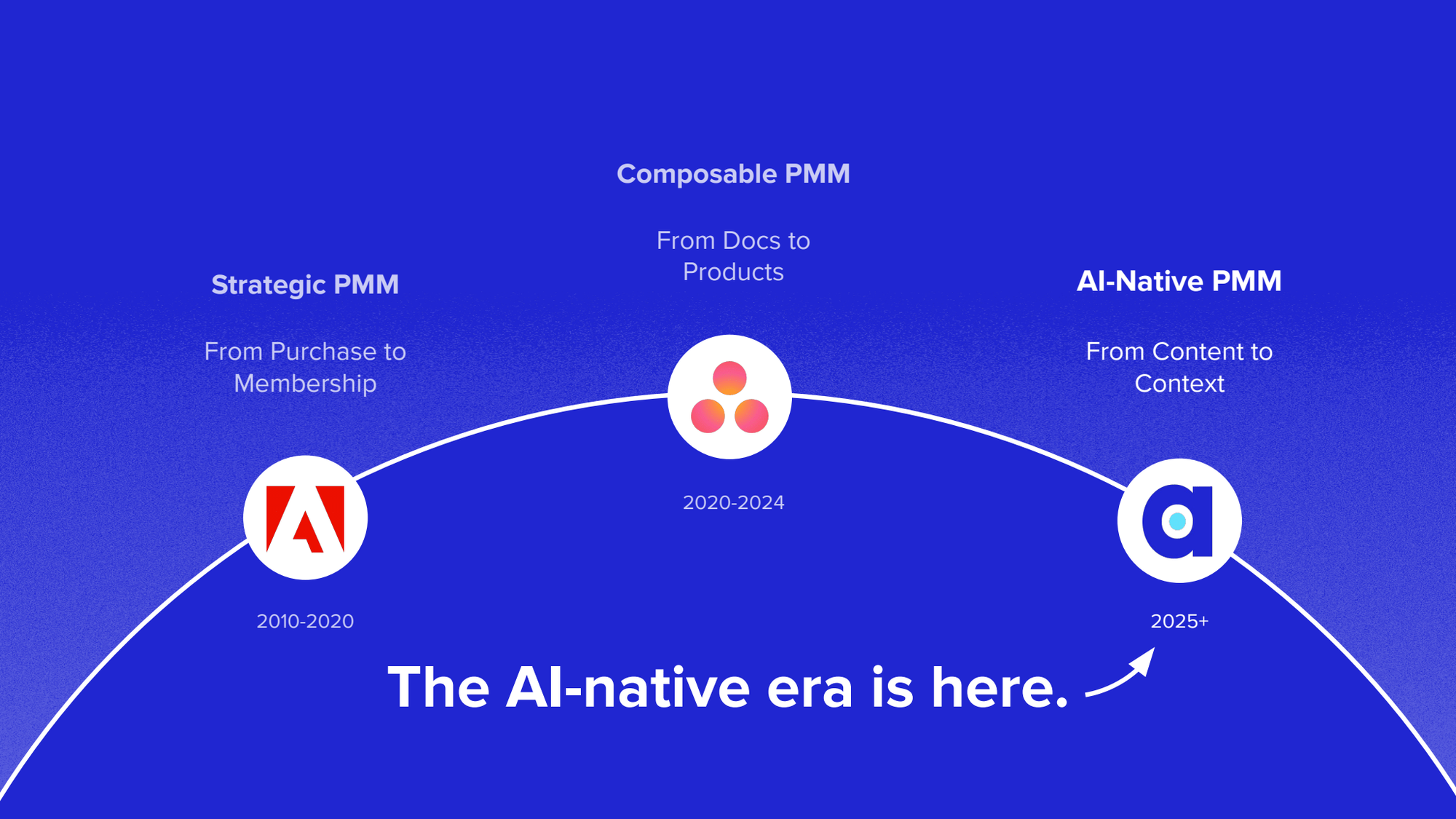
The strategic product marketing era: From purchase to membership
Let’s rewind to the early 2010s. I was a product marketer at Adobe, wrapping up my work on a Friday afternoon when I got a quick request from sales:
"XYZ customer isn’t moving to Creative Cloud – they’re sticking with their old perpetual license. Can you put together a two-pager with recent features and reasons to reconsider?"
I sighed, opened my laptop, and got to work.
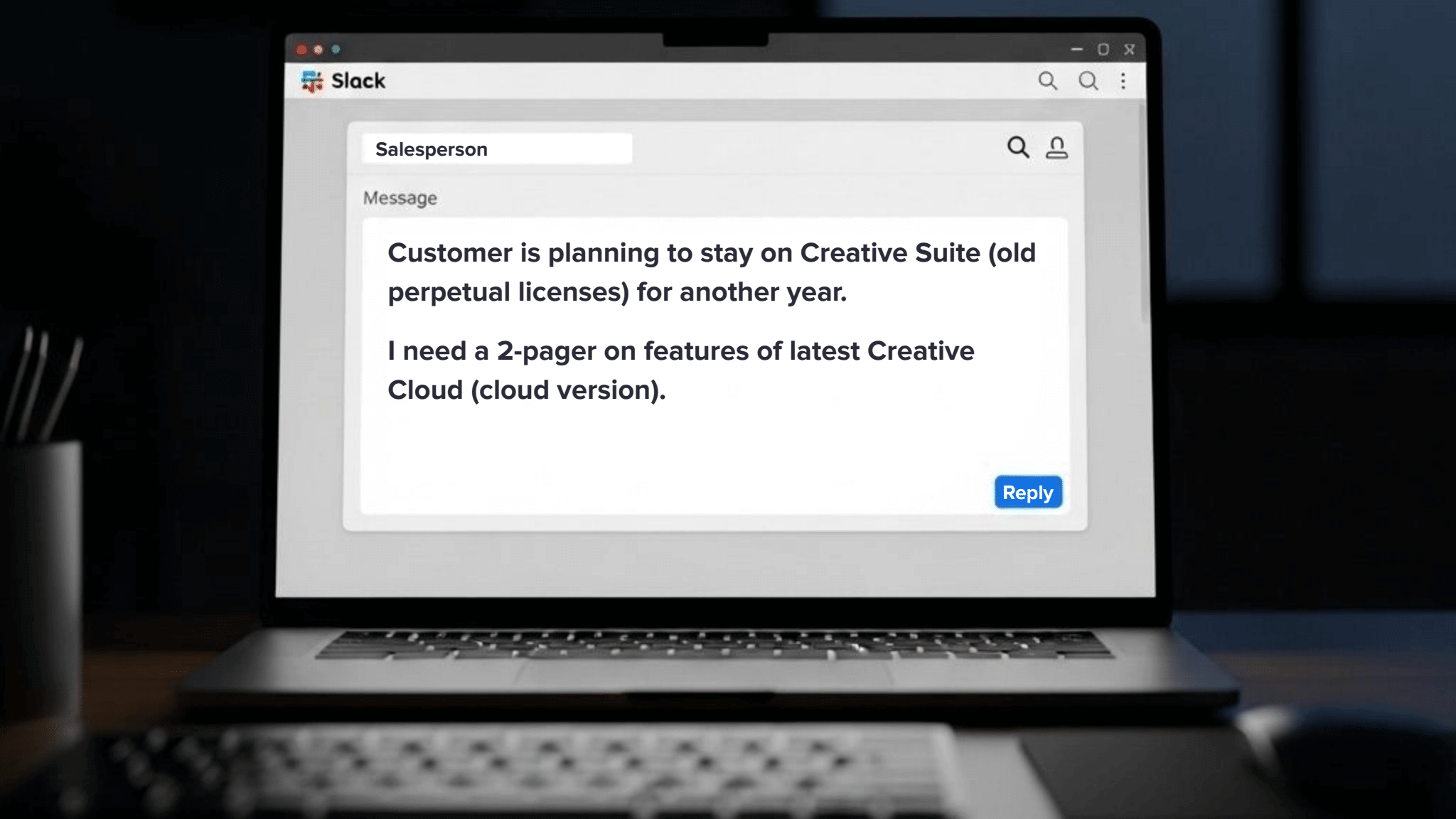
This was the start of a never-ending cycle of requests from every department – marketing needed new “us vs. them” pages to boost SEO, growth asked for new conversion offers, sales wanted ever more two-pagers, and customer experience asked for webinars, training, or documentation.
The answer was always the same: “We’re on it.”
At the time, this fast-paced, reactive approach felt good. We were quick, efficient, and knowledgeable. But when we looked at whether these efforts were driving people to transition to Creative Cloud, the answer was no.
What AI-native product marketing isn’t
Here’s where your first lesson about AI-native product marketing comes in: it’s not just about speeding up these processes with AI tools. Uploading all your past content, writing prompts, and generating new assets might improve your workflow, but it doesn’t solve the bigger problem of driving real customer change.
Using AI this way is like slapping a Tesla dashboard on a horse-drawn cart and calling it an electric vehicle. It doesn’t work.
For expert advice like this straight to your inbox every Friday, sign up for Pro+ membership.
You'll also get access to 30+ certifications, a complimentary Summit ticket, and 130+ tried-and-true product marketing templates.
So, what are you waiting for?
Asking the right questions
So, how did we break this endless cycle of requests? We stopped saying, "We’re on it," and started asking better questions.
When we probed marketing’s requests, we learned that the "us versus them" competitor pages weren’t the issue – emerging competitors were all cloud-based. The problem wasn’t Creative Cloud itself; it was how we framed it.
When we interrogated the growth team’s need for conversion offers, we realized that conversion rates weren’t dropping across the board – it was primarily a problem with young creators.
The two-pager that sales asked for wasn’t effective because we were presenting too many features, and most weren’t relevant to this segment. The issue wasn’t the content – it was how we packaged it.
And those webinars that the customer experience team wanted? They weren’t working either. Users were churning quickly after subscribing because there was a time-to-value issue. And if they didn’t have time to experience the product, they weren’t going to attend a webinar, no matter how good it was.
Taking action
By asking the right questions and speaking with customers, we reshaped our strategy:
- We launched Adobe Express, a simplified version of Creative Cloud tailored to young creators focused on social media video.
- We partnered with colleges to give students free Creative Cloud access, with institutions paying at an enterprise level – this was a huge success.
- We learned that early users didn’t engage with training materials but rather with the community. So, we partnered with Reddit for initiatives like “Global Canvas,” which enabled global collaboration.
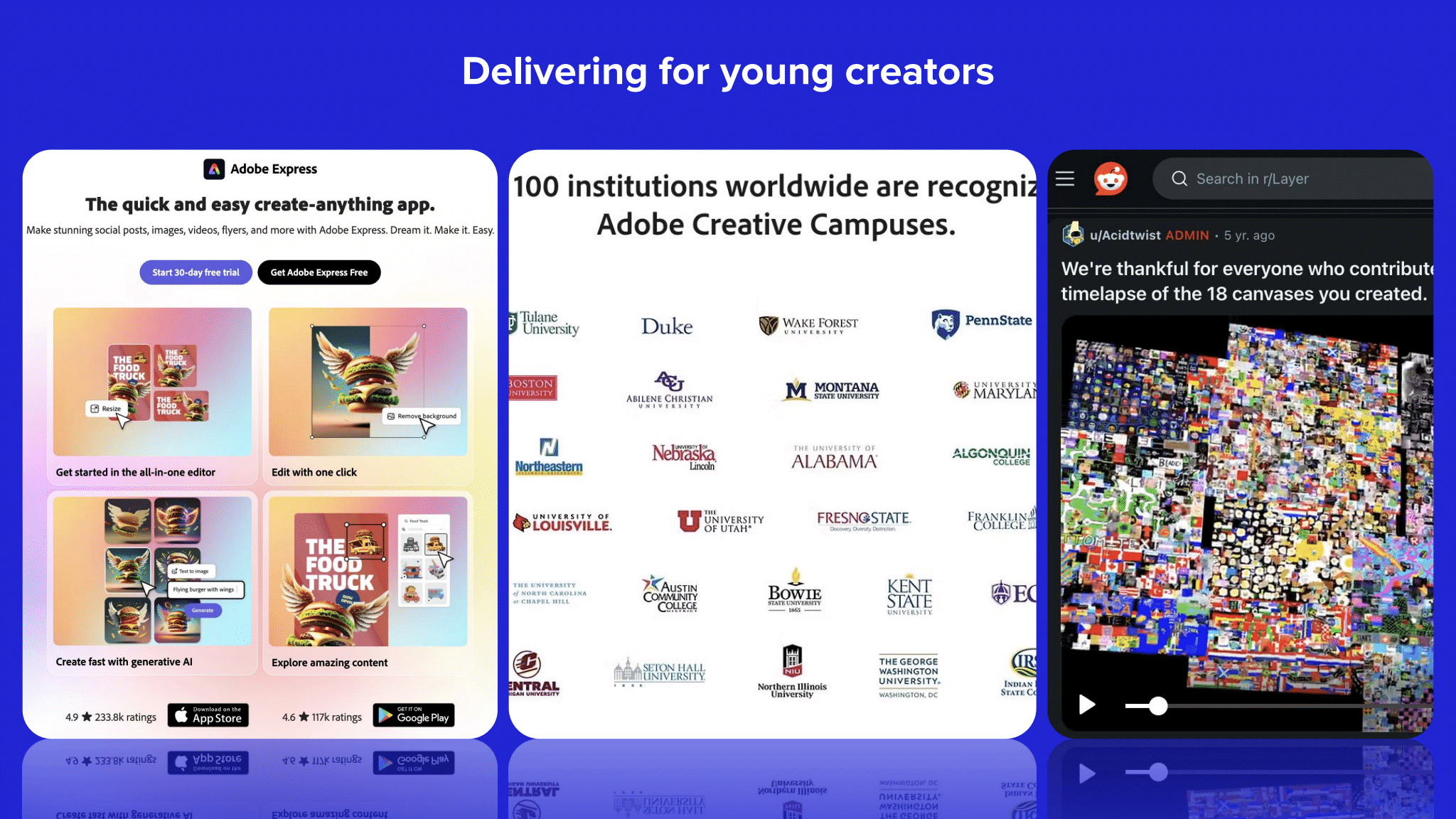
The result? Young creators, once a stagnant segment, became the fastest-growing group in Creative Cloud, driving over a billion dollars in annual recurring revenue by the time I left Adobe.
Key takeaway: Learning over doing
Strategic product marketing isn’t about quickly addressing requests – it’s about building a learning capability into your workflow. Ask the right questions, gather insights, and make strategic decisions based on what you’ve learned. Sometimes, the solution is exactly what was requested. Other times, it’s not.
Another crucial insight for the AI-native era: while many are using AI to speak, few are using it to listen and learn. AI is amazing at listening and learning. I’ll explain how we can harness this later on.
Composable product marketing: Empowering teams to create their own solutions
After I left Adobe, I joined Asana. There, we embraced a concept called "composable product marketing" to help customers get the most out of our product by allowing them to create their own use cases.
At the time, we had around 100,000 customers, mostly large companies, but each used the product differently – some for content creation, others for project management. This made it difficult to predict customer journeys, and addressing each case individually wasn’t working.
The solution was empowering teams – internally and externally – to compose their own perfect experience without relying on product marketing for every request. We did this by introducing "narrative products". These products had three key components:
- Discoverability: These products needed to be easy to find.
- Currentness: They had to always be current and reflect the latest information.
- Pre-approval: They had to be pre-approved so anyone could reuse them as needed without waiting for approval.
One key narrative product was "moments of truth." We worked with the product team to identify key milestones in the customer journey that helped us quickly assess if a customer was on a "happy path" or a "sad path" and act accordingly.
We also developed messaging products tailored to specific functions or industries, enabling teams to remix and compose content for seat expansion or adoption across departments.
The impact on net revenue retention
The results of our composable PMM strategy were clear. Net revenue retention (NRR), which is notoriously hard to influence, increased from 107% to 120% in under two years.
This showed us that product marketing doesn’t have to be about creating everything from scratch. By empowering teams to create their own solutions, we saw significant improvements in both efficiency and growth. This is another valuable lesson to carry forward into the era of AI-native product marketing
AI-native PMM: The new era of product marketing
The AI-native era represents the next big leap in product marketing. In the past few years, AI has evolved from a tool for automating tasks to a powerhouse for solving complex problems. These advancements are changing how we think about product marketing. Here’s a quick rundown of the three key changes:




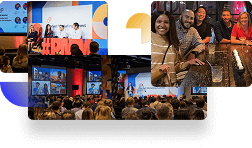
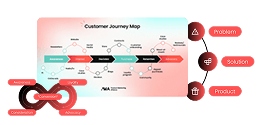
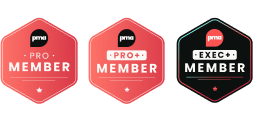


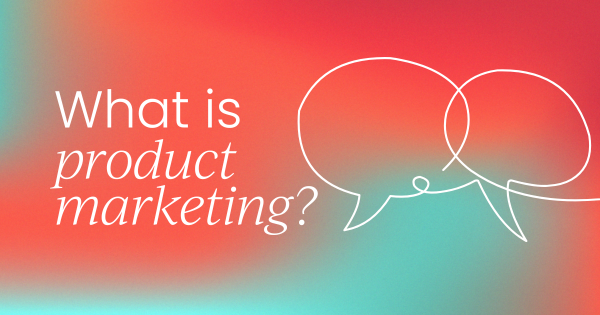
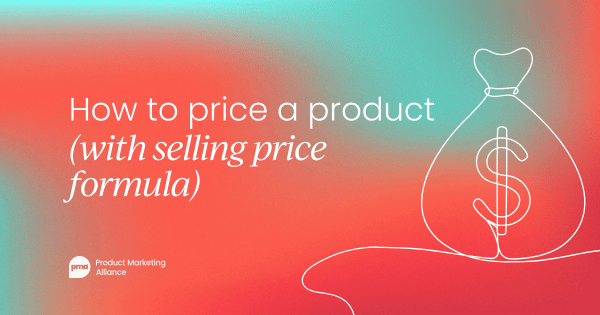
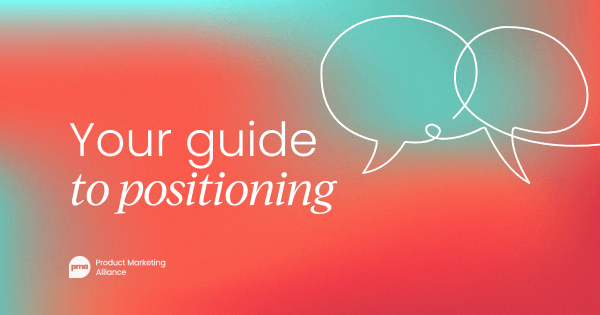
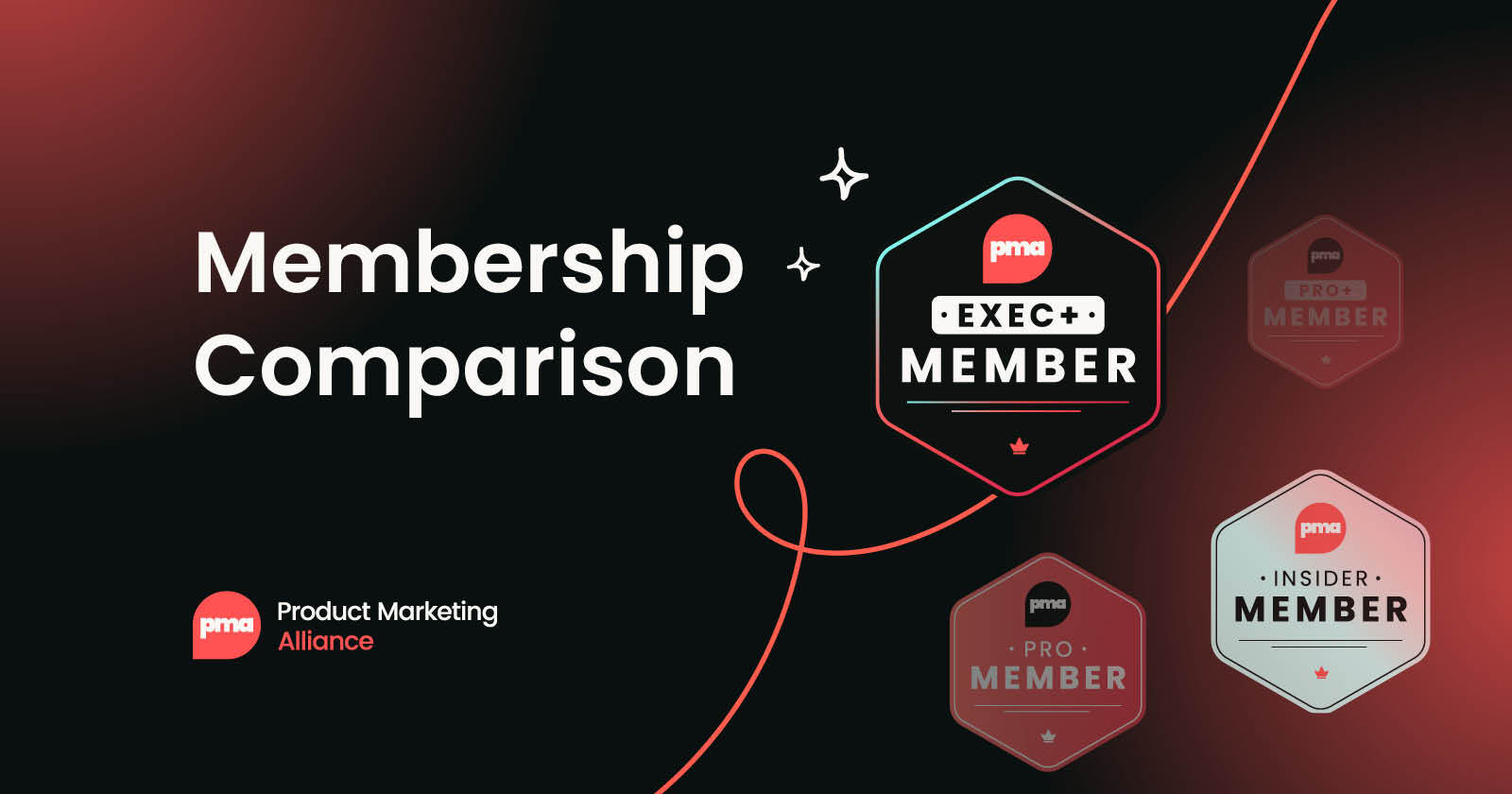
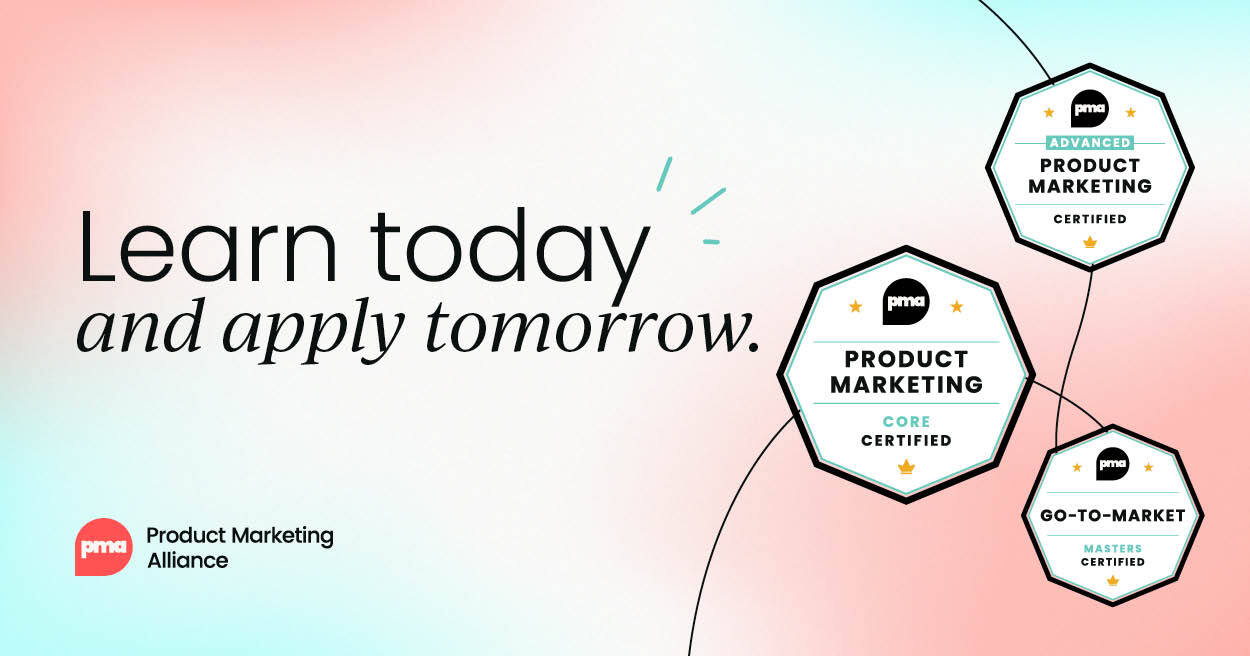
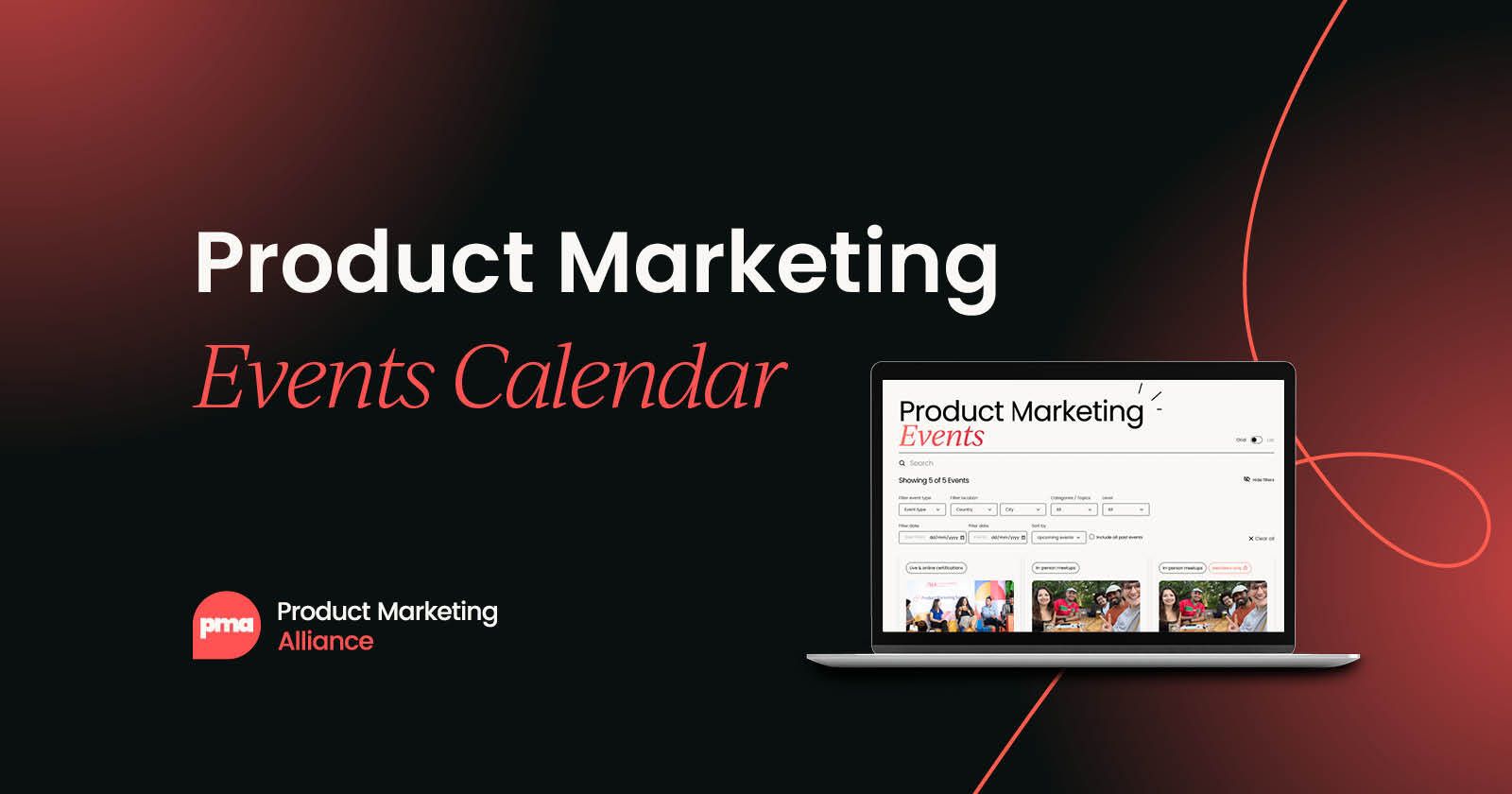
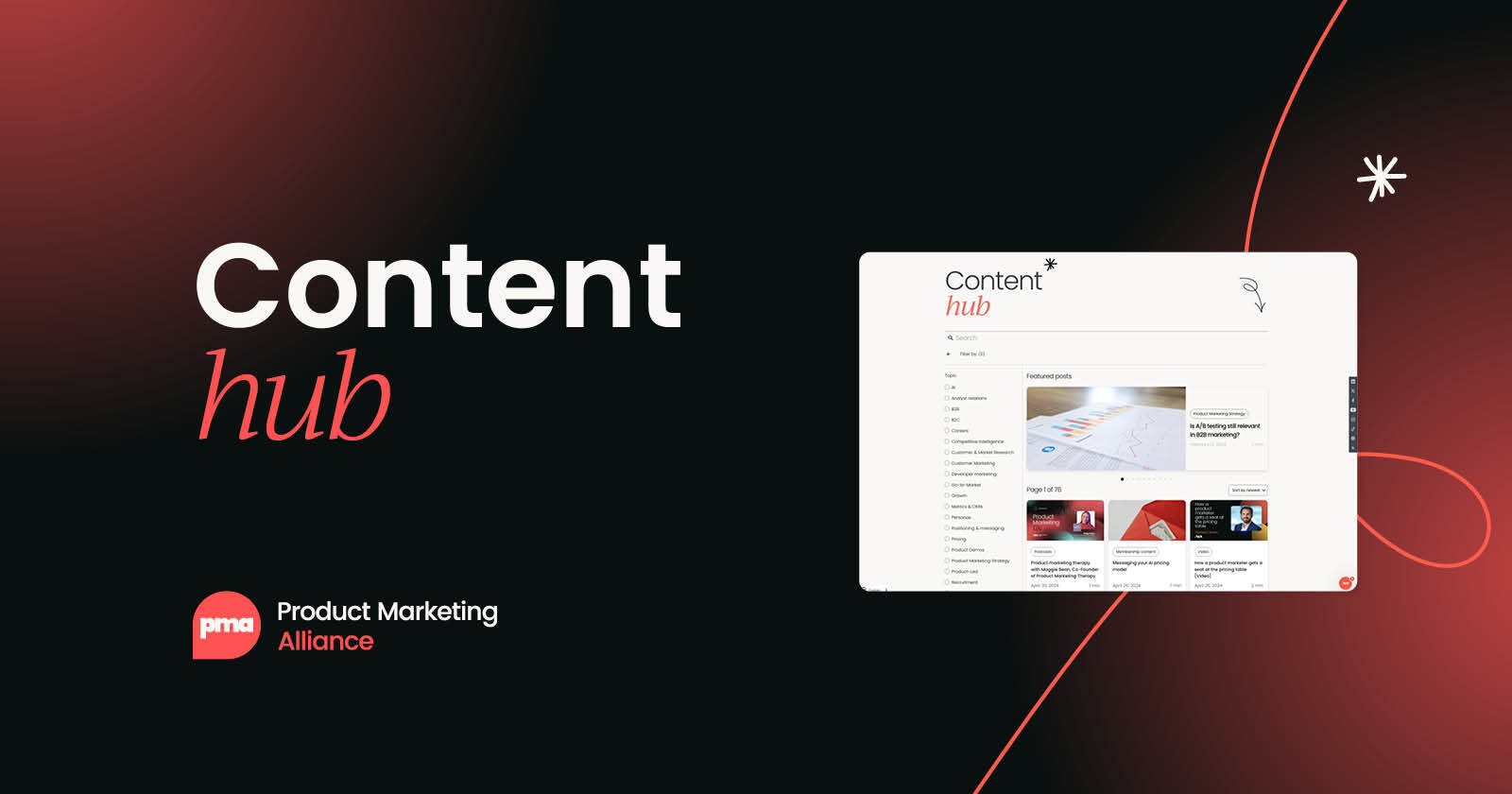

 Follow us on LinkedIn
Follow us on LinkedIn

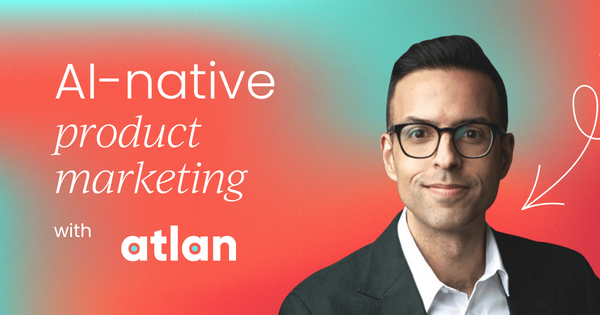


.svg)